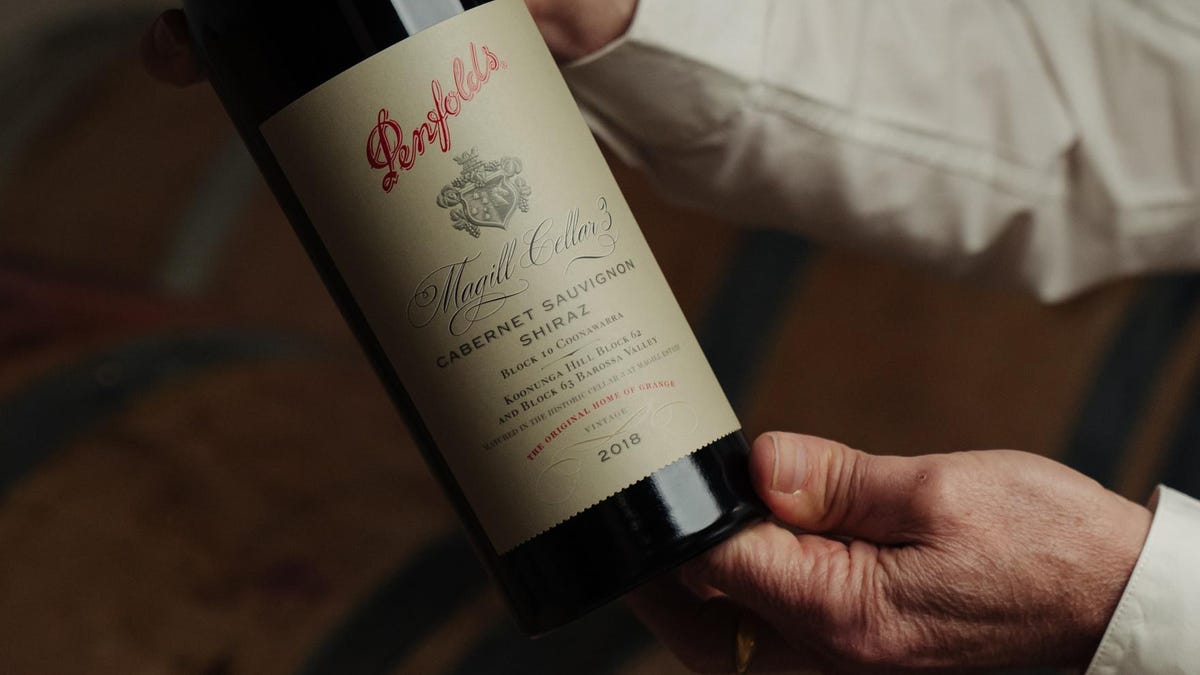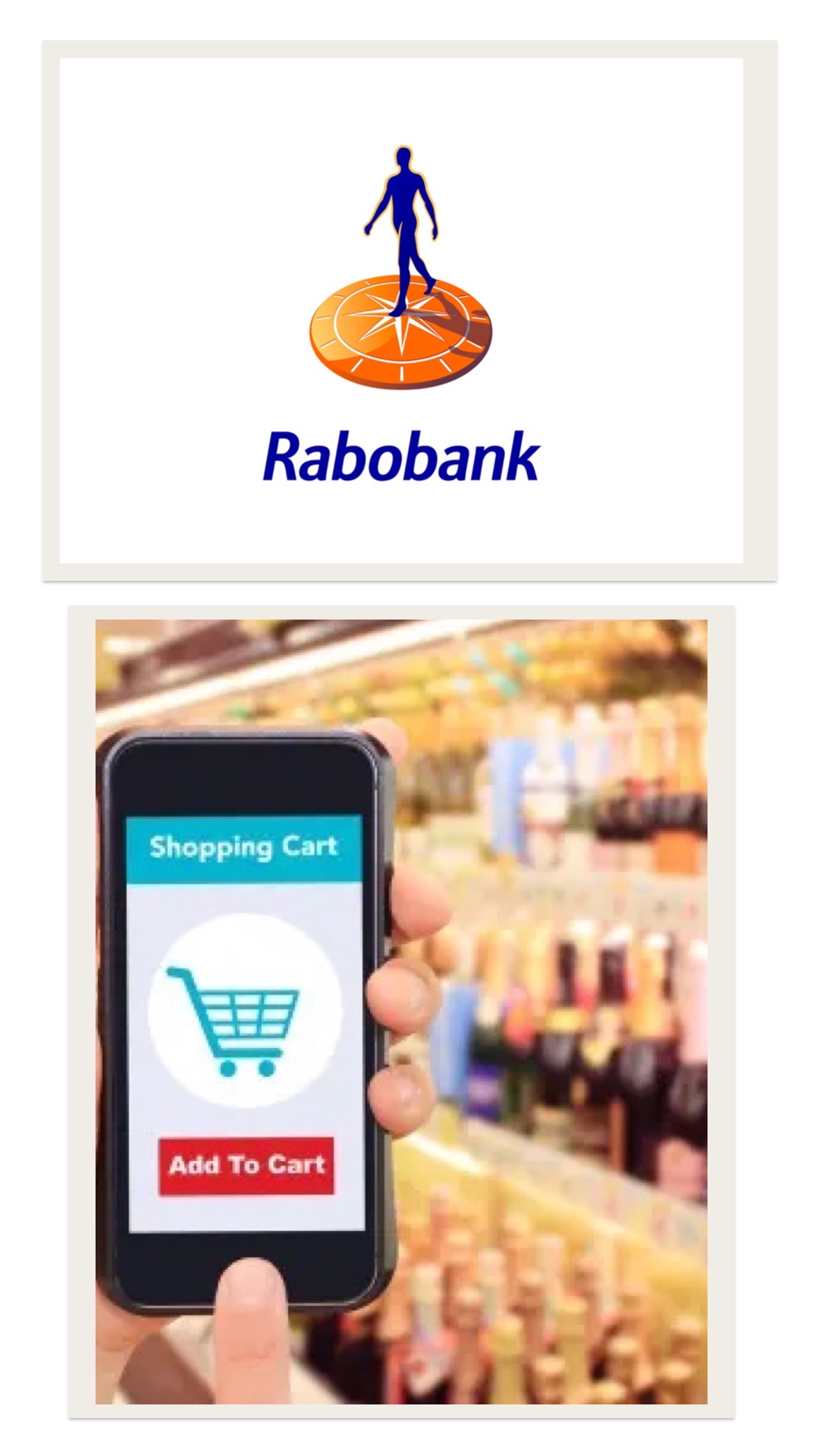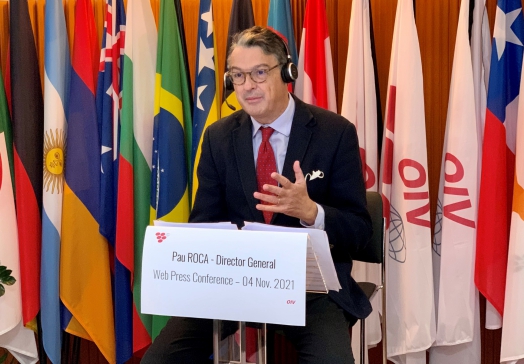BlockBar, the world’s first direct-to-consumer NFT platform for wine and spirits has just diversified further by launching a gifting capability comprised of 300 bottles of Penfolds.
This new initiative lets the BlockBar community gift a highly coveted collectible wine or spirit connect the physical and digital world. In fact, BlockBar says the market for investing in high-end collectible spirits, like Penfolds wine, has increased by 582 % in the last decade.
Sam Falic, co-founder of BlockBar, told Forbes about the platform’s extension which targets both crypto experts and beginners: “This is of great value to add to your digital portfolio, aside from the digital art you own, you can now own a digital bottle and build your digital bar which is also backed by physical assets.”
NFT (Non-fungible tokens) are currently popular (almost in every industry), from art to rare wine and spirits. Since its founding in 2018, BlockBar has allowed consumers to purchase asset-backed NFTs directly from brand owners, to burn, redeem or sell the physical product. The actual bottles are stored in a secured facility in Singapore. BlockBar also gives the chance to gift the physical product, and the NFT gifting platform is designed so that anyone can use it.
Penfolds wine estate has launched a limited edition NFT tied to its rare Magill Cellar 3 barrel of wine, available to purchase for $130,000.
Dov Falic, the other co-founder of BlockBar, explained: “All you need to know is that you are receiving a gift which is a physical bottle that is stored for you in a secure location; the fact that it’s built on blockchain or uses NFTs is the mechanism to prove provenance and ownership. You can take possession of the bottle anytime you want.”
BlockBar’s first NFT gift launches on 18 January 2022, with limited edition NFTs linked to 300 bottles of Penfolds Magill Cellar 3 2018, priced around 0.13 ETH ($467). The founders described the Australian producers’ rare wine as the highest quality and representative blend of the brand’s Cabernet Sauvignon and Shiraz and “one of the most collectible and giftable wine brands in the world.”
When the NFT is purchased, the cryptographic version is stored securely on BlockBar with proof of authenticity held on the blockchain as a digital certificate of ownership. The recipient will receive an email with an invite to create or sign into an account and accept their NFT, receiving full ownership. The receiver now can choose to redeem the physical product, trade its NFT version within the BlockBar marketplace or store it in their virtual bar, all with no additional transaction fees.
The limited-edition NFT release includes a buyer experience: the first three people to purchase six bottles of NFT Penfolds Magill Cellar 3 2018 are invited to a private virtual session with Penfolds Chief Winemaker, Peter Gago, and will receive a personalized plaque for their wine gift box as well.
#wine #winelovers #BlockBar #wineinvestors #wineinvestment #winecollectors
#winecollector #wineenthusiast #finewines #winelife #luxurywine #womeninwine #penfoldswine #limitededition #NFT #NFTgifting





